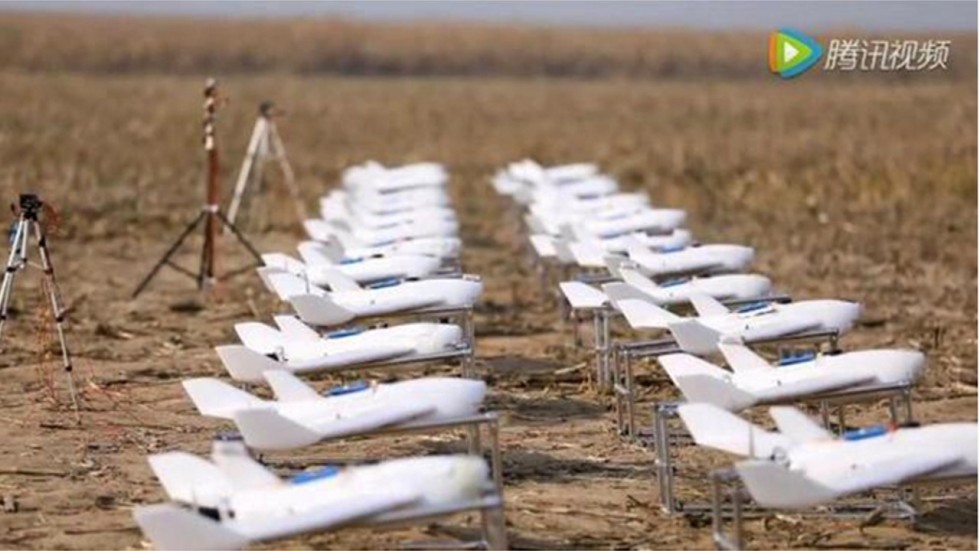R Jagannathan
 Good politics begins with accepting that DeMo did not work. Hiding the truth can hurt Modi more than acknowledging it – directly or indirectly.
Good politics begins with accepting that DeMo did not work. Hiding the truth can hurt Modi more than acknowledging it – directly or indirectly.
But DeMo is his ultimate test. If he learns from this, his next two years may still be his best.
It is time for a mea culpa on demonetisation. This writer has been largely positive on the medium-to-long-term benefits of notebandi, as opposed to its short-term downsides, including a fall in gross domestic product (GDP) growth rates for one or two quarters. Now, and especially after the farmer agitations for loan waivers, I believe that the negative side of the ledger on demonetisation (DeMo) is larger than the positive. It has failed.
The critics have been right for the wrong reasons. They did not have a better crystal ball on DeMo’s side-effects than the optimists; but they did have a deeper animus against the Narendra Modi government that the optimists, including me, did not have. Thus, they were faster to pick up the negative signals than the rest of us.














